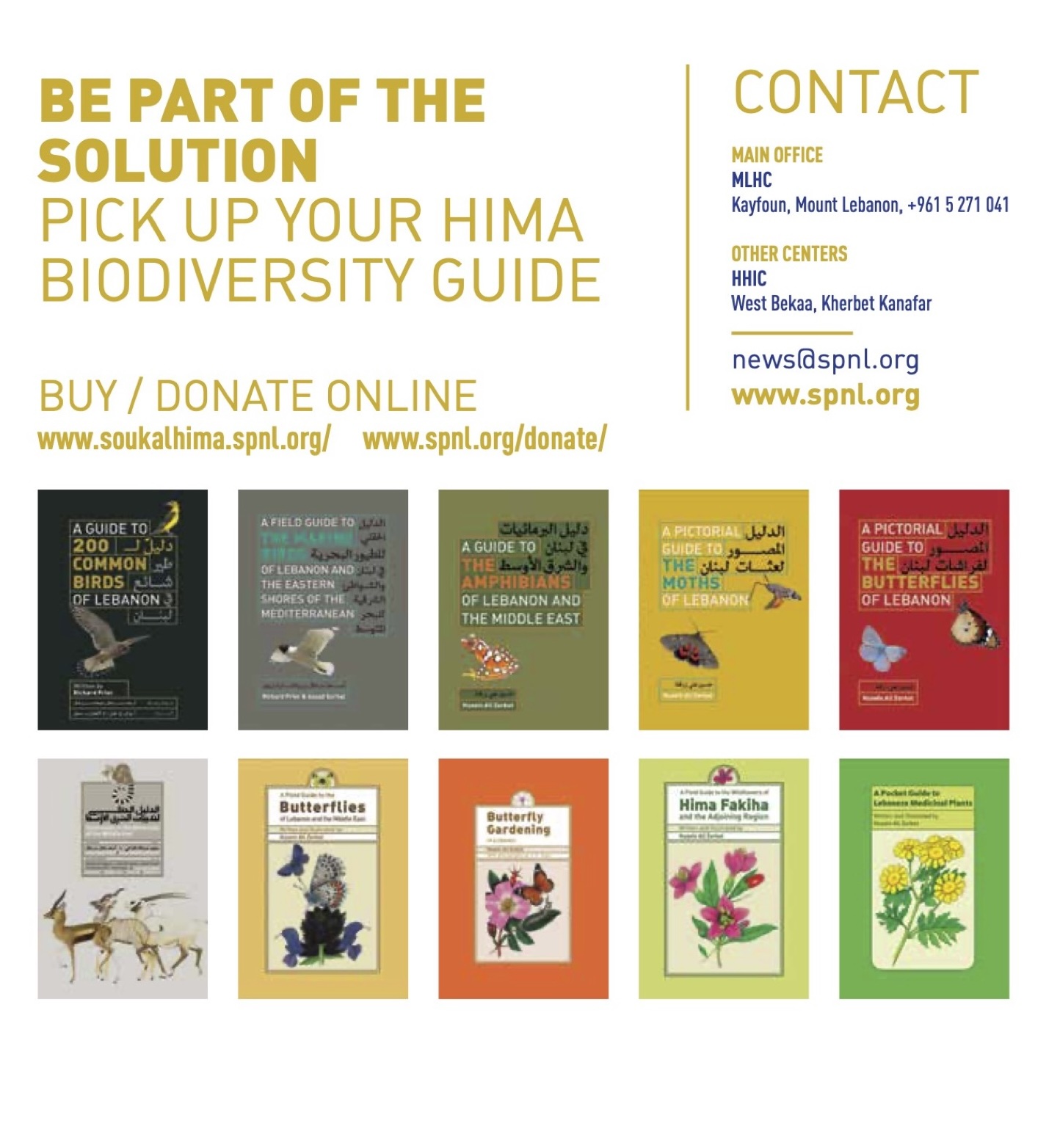By Alex Dale,
ales of parrots in peril and giraffes in jeopardy dominated the headlines when the 2016 edition of the Red List was published last week.
But while the plight of world-famous species inevitably catches the media’s eye, there are many other interesting and quirky stories that end up falling under the radar. This is an unavoidable consequence of the Red List’s wide remit, with its researchers assessing tens of thousands of animal and plant species every year – from monkeys to mangos and everything in-between.
Below, we round-up some of the important bird-related news that may have passed you by during the initial media frenzy.
1. We now have over 700 new bird species

Comoro Blue Vanga, one of 742 newly-recognised species. (© Paul van Giersbergen)
BirdLife is responsible for assessing the threat status of all bird species on behalf of the IUCN Red List. To perform this duty, we need to know, first and foremost, exactly how many species of birds there are in the world.
To help us better understand avian biodiversity, our science team recently completed a rigorous taxonomic review of all the world’s birds, comparing biometrics, plumage, vocalisations, ecology, behaviour, geographical relationships and genetics, to determine which subspecies were, in fact, fully-fledged species of their own.
The results were eye-opening: it turns out we had grossly underestimated avian biodiversity. Over 1,000 ‘new’ species were recognised over the course of this two-part review, 742 of which were announced as part of this year’s Red List (the rest having already been revealed in 2014).
All 742 of these species are illustrated and described in our upcoming publication, Illustrated Checklist of the Birds of the World Volume 2.
2. Europe’s newest songbird is also its rarest

Gran Canaria Blue Chaffinch (© Aurelio Martin)
The new information from the taxonomic review allows us to focus on new conservation priorities. For example, we now know that the Gran Canaria Blue Chaffinch Fringilla polatzeki is probably Europe’s rarest passerine.
It was previously lumped with the Tenerife Blue Chaffinch Fringilla teydea. But while the Tenerife species is comparatively healthy (Near Threatened), that on Gran Canaria has seen its preferred pine habitats decimated by forest fires on the island. Today, as few as 240 individuals remain, and this newly recognised species is Endangered. With the Azores Bullfinch Pyrrhula murina showing evidence of recovering, the Gran Canaria Blue Chaffinch likely takes over the mantle of Europe’s rarest passerine.
3. Galapagos has had its first avian extinction

As part of the taxonomic review, our experts also looked at museum specimens of long-gone birds. This led to a situation that perhaps might seem unusual: 13 of the 742 newly-recognised birds are already extinct.
All 13 of these posthumously-recognised species were island endemics who were probably wiped out by invasive species. They include the Marianne White-eye Zosterops semiflavus of the Seychelles, which was wiped out in the 19th Century before the successful measures which have saved a great many of the islands’ other endemic species could be implemented.
Another newly-split species, the glossy red Least Vermilion Flycatcher Pyrocephalus dubius, has the dubious honour of becoming the first avian extinction recorded in the Galapagos. Confined to the island of San Cristóbal, it was discovered during Charles Darwin’s voyage in 1835. Since 1960, invasive plants have replaced a large part of the island’s native vegetation, which in turn led to the decline of this insectivore’s favourite bugs. This, combined with avian pox, bot fly and rats, may have been the last straw – the last reliable sighting was recorded in 1987.
4. One bird has now become 12

In the most extreme outcome from our taxonomic review, one species, the Red-bellied Pitta (Pitta erythrogaster) of South-East Asia, has been split into twelve distinct species. They are (deep breath): Red-bellied/Philippine Pitta (Erythropitta erythrogaster), Talaud Pitta (Erythropitta inspeculata), Sangihe Pitta (Erythropitta caeruleitorques), Siau Pitta (Erythropitta palliceps), Sulawesi Pitta (Erythropitta celebensis), North Moluccan Pitta (Erythropitta rufiventris), South Moluccan Pitta (Erythropitta rubrinucha), Papuan Pitta (Erythropitta macklotii), Louisiaide Pitta (Erythropitta meeki), New Britain Pitta (Erythropitta gazellae), Tabar Pitta (Erythropitta splendida) and New Ireland Pitta (Erythropitta novaehibernicae).
The reasons behind this split are explained by BirdLife’s Nigel Collar in an article published on Motherboard/Vice. A 13th species, Sula Pitta Erythropitta dohertyi, had already earlier been split from P. erythogaster, meaning we now have a baker’s dozen of these striking red birds.
5. Even widespread birds are in trouble

Rustic Bunting (© Aaron Maizlish)
It’s easy to assume that widespread birds aren’t at risk, but this simply isn’t always the case, as the concerning case of the Rustic Bunting Emberiza rustica illustrates. It breeds in damp coniferous forests all across northern Eurasia, from Norway to Japan, and for years this large range has perhaps led conservationists into a false sense of security about the species’ status. However, new data collated from across its range suggest the species has declined by more than a third since the turn of the century. Factors implicated in its collapse include logging and drainage across its breeding range and agricultural intensification and large-scale trapping for food on its wintering grounds. In response to this alarming decline, the species was uplisted from Least Concern to Vulnerable in the 2016 Red List.
6. It wasn’t all bad news for parrots

Chatham Parakeet (© Bill and Jack Moorhead)
In Asia and Africa, demand for the cagebird trade has led to many species of parrots and parakeets being trapped and traded into near-extinction in the wild. But on the Chatham Islands, an archipelago located off the east coast of New Zealand, a charming green parakeet is fighting back against extinction.
The Chatham Parakeet Cyanoramphus forbesi was assessed in the Red List as Endangered for nearly two decades, as it found itself threatened not only by habitat loss and invasive predators, but also from the amorous attentions of a rival parrot.
The islands’ Red-crowned Parakeets Cyanoramphus novaezelandia threatened to hybridise the Chatham Parakeets out of existence by interbreeding with them, but careful and continued management of these threats by local conservation groups has seen the species bounce back to the point where it has now been downlisted from Endangered to Vulnerable.






